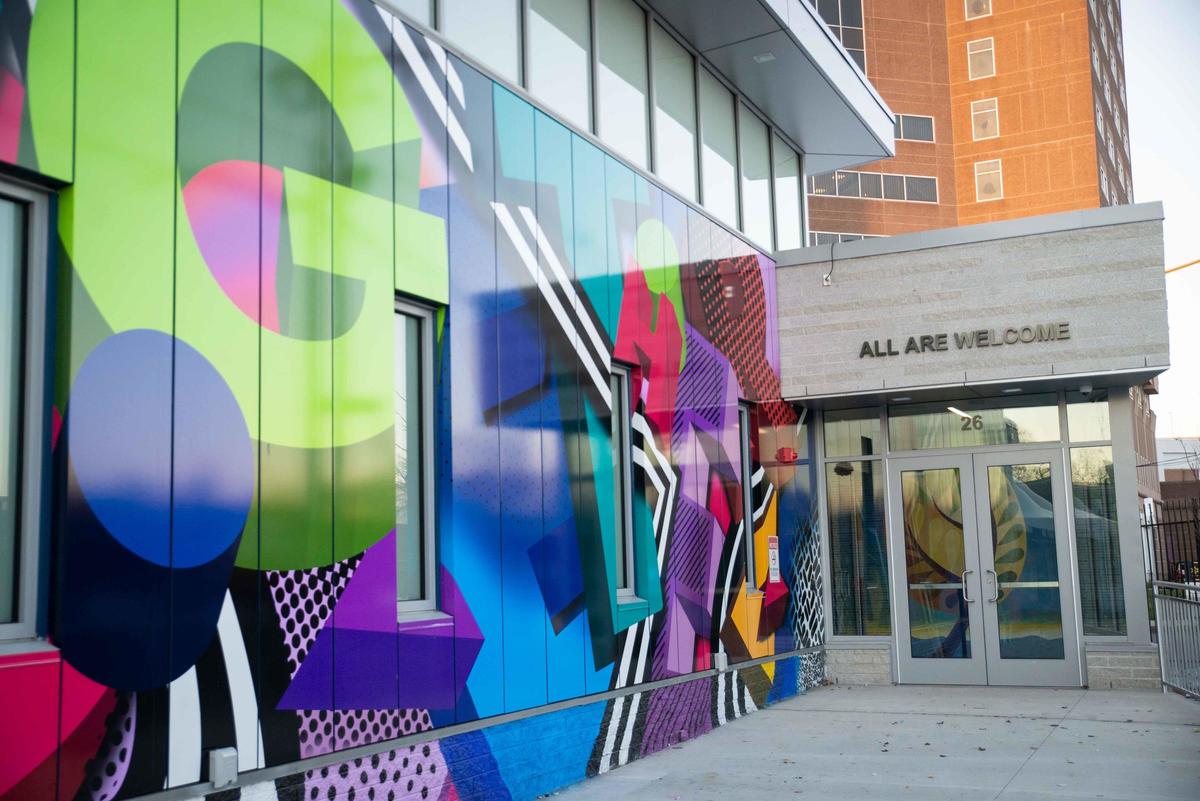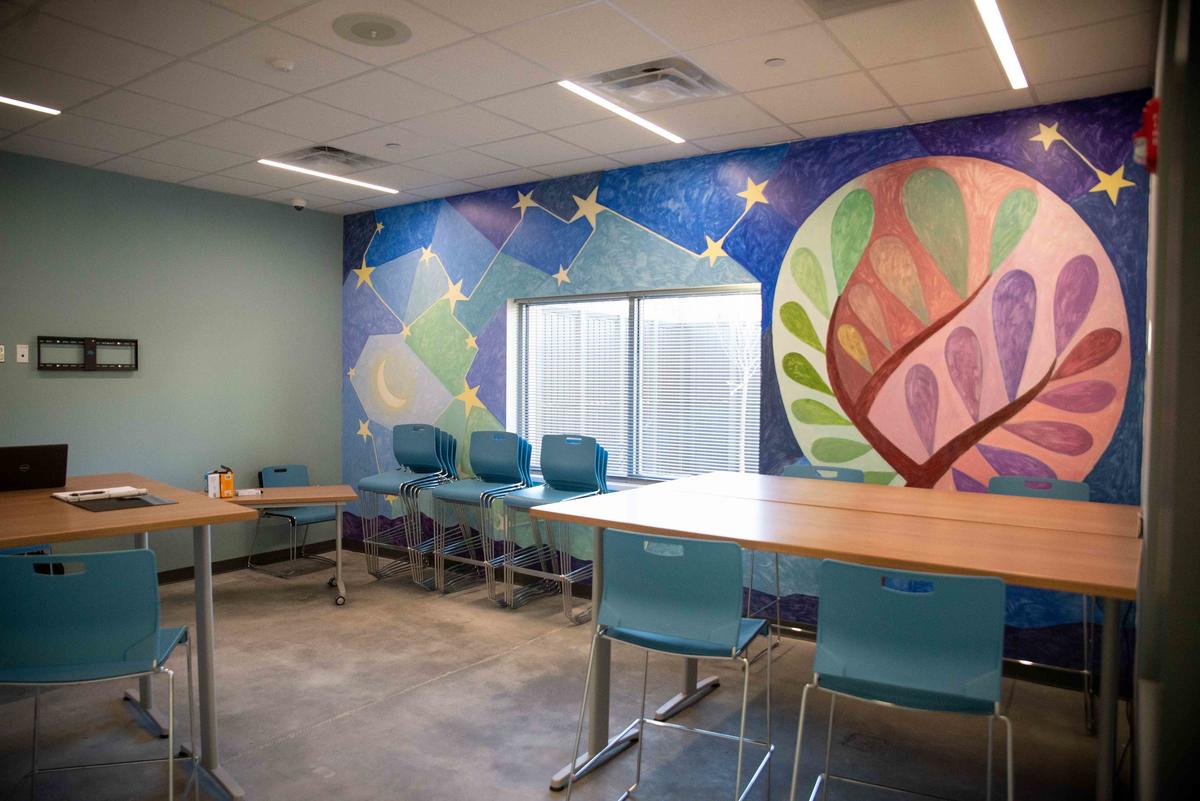Third Spaces Lab
Please note: Third Spaces Lab is no longer active. Its work is now distributed across several departments, including Civic Engagement, Early Childhood, Streets, Parks, and others.
We define "Third Spaces" as places that contribute to our collective well-being. These include everything from parks to barbershops to coffee shops. They are places where we welcome, connect, and create with others. As part of Bloomberg Philanthropies’ i-teams Program, the City had embarked upon a series of initiatives aimed at sparking community-driven enhancements to these vital spaces.
About 'Third Spaces'
THIRD SPACES:Places separate from where you sleep (your first space) or where you work to make ends-meet (your second space). They are the spaces in-between, where you freely encounter other people, ideas, and experiences.
Goals
As city government, we often boil things down to the simple, obvious transactional qualities of a space. That's true whether it’s the design of a public space (like City Hall) or an investment in private spaces (like small business incentives).
The Third Spaces Lab was created to explore how City government can increase the vitality of Boston’s third spaces, but without a heavy-handed top-down approach. We believed that the best role we could play is to make it easier for grassroots organizations and individuals to grow and nurture community-based third spaces from the bottom up.
Three broad issues continue to frame this work:
- Displacing space displaces people.
Displacement is a wide-reaching problem for our growing city. But, there are deeper roots to the issue than just being priced out. When a community loses its spaces to gather and feel welcomed, gentrification is a greater possibility. We need to recognize and amplify the physical, cultural, emotional benefits of community spaces and their deep and long-lasting impacts on housing. - Measuring trust and well-being is hard.
We want to help the City develop the capacity, vocabulary, and metrics necessary to value and evaluate spaces beyond traditional economic measures. Part of the reason we chose the name “third spaces” to designate this body of work is its tendency to be a conversation-starter. Creating those “aha moments” for residents and policy makers is crucial for a long-lasting change of thinking behind this small project. - Government is not always good at seeding investments with a light touch.
City government must play a role in guiding development. But, we also want to make sure we are not stifling creativity. We want to create a culture of openness for new ideas and new sorts of spaces we could not imagine ourselves. We need to explore alternative ways that we can support the building of community without being overbearing.
We worked in partnership with our key partners in the Mayor’s Streets Cabinet, Policy Cabinet, and Office of Resilience and Racial Equity. From these problems, our team set the following goals for the types of spaces we hope to cultivate:
We believe that everyone should be able to find and access spaces where they feel welcomed.
We believe that Boston’s third spaces are strongest when they allow us to create connections with ourselves, each other, and to the resources we need.
We believe third spaces allow people to create something of lasting value - whether physical (like a piece of art), social (like a political movement), or even the reshaping of the space itself.
Guiding Values
Boston's "Third Spaces" should be:
WELCOMING
We believe that Bostonians should be able to find spaces where they feel welcomed.
CONNECTIVE
We believe that Boston's third spaces are the strongest when then connect us to each other and reinforce our connection to the City.
CREATIVE
We believe that the most powerful third spaces allow people to create something of lasting value. This might be physical (like a piece of art), social (like a political movement), or even the reshaping of the space itself into something new.
CARING
In this time of political divisiveness and dissent, it’s more important than ever that every person feel cared for by their community. This is especially true for the most vulnerable among us.
RESILIENT AND EQUITABLE
Spaces that foster social cohesion across racial divides are more apt to survive and thrive after the unpredictable occurs. We believe all our spaces should be viewed through a resilient and racial equity lens.
FLEXIBLE
As our communities grow and people change, we believe our spaces too should be able to evolve over time as new needs and values emerge. Spaces that can change with time and provide multiple uses to diverse populations are highly encouraged.





